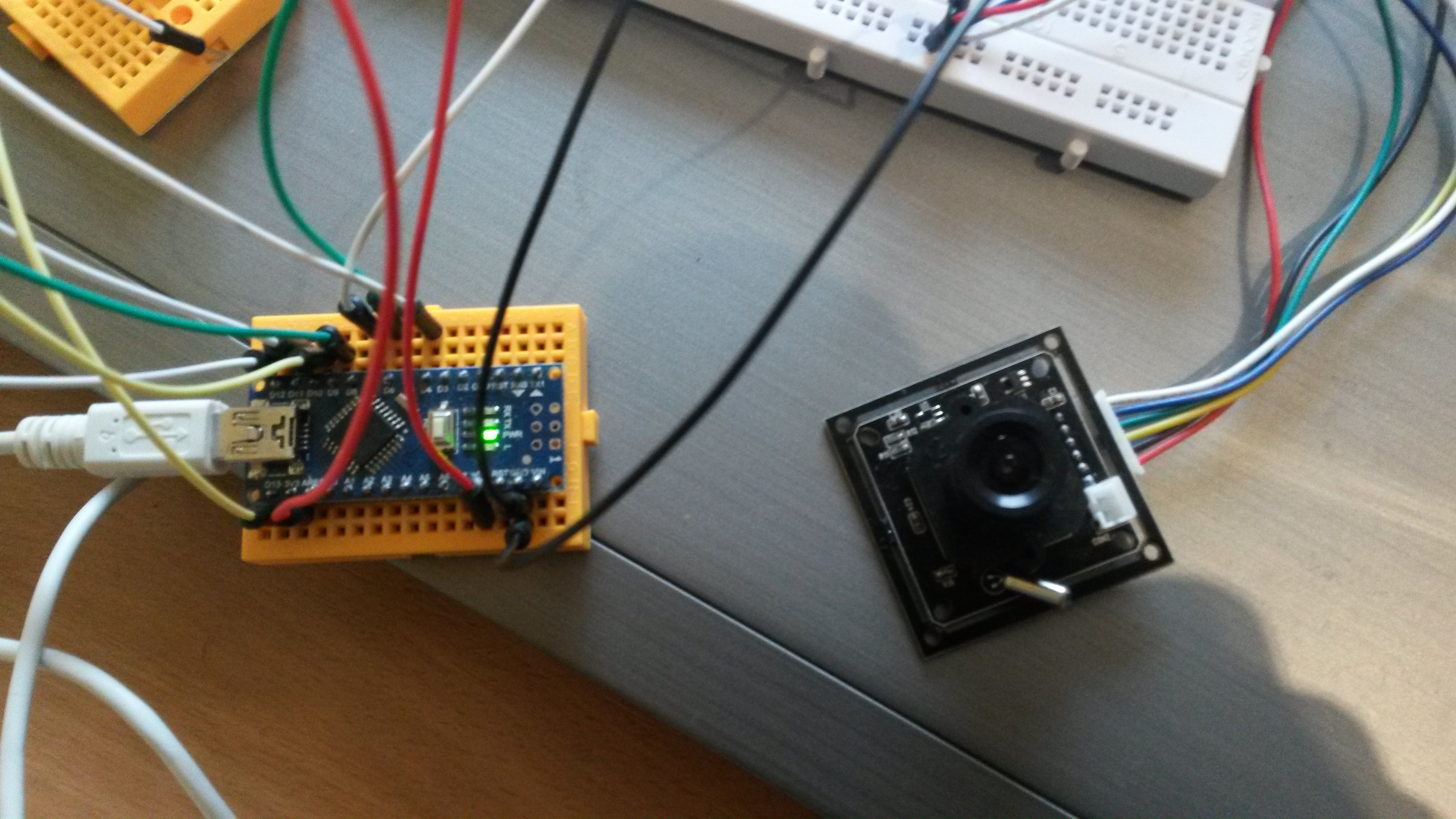The Perl-Script i'm using instead of a controller, because obviously no controller supports this yet.
#!/usr/bin/perl
use Device::SerialPort;
use POSIX qw(strftime);
use Data::Dumper;
use Time::HiRes qw (sleep);
use Time::HiRes qw(time);
my $port = Device::SerialPort->new("/dev/ttyUSB1");
$| = 1;
use Time::HiRes qw(time);
$port->baudrate(115200);
$port->databits(8);
$port->parity("none");
$port->stopbits(1);
my $buffer;
my %transfers;
print "Waiting for incoming transfers...\n";
while (1) {
my ($count,$saw)=$port->read(256);
if($count > 0 || length($buffer) > 0)
{
$buffer .= $saw;
my ($cmd, $rest) = split(/\n/, $buffer, 2);
if(defined($rest))
{
if(@m = $cmd =~ /([0-9]*);([0-9]*);([0-9]*);([0-9]*);([0-9]*);(.*)/g)
{
my ($node_id, $child_sensor_id, $message_type, $ack, $sub_type, $payload) = @m;
# print "node_id: $node_id, child_sensor_id: $child_sensor_id, message_type: $child_sensor_id, ack: $ack, sub_type: $sub_type, payload: $payload \n";
if($sub_type eq "25")
{
if($payload eq "START" && $transfers{$node_id}{'state'} == 0)
{
print "New transfer incoming from node $node_id.\n";
$transfers{$node_id}{'start_time'} = time();
$transfers{$node_id}{'state'} = 1;
$transfers{$node_id}{'count'} = 0;
my $time = strftime("%Y-%m-%d-%H-%M-%S", localtime);
open ($transfers{$node_id}{'FH'}, ">>node-".$node_id."-".$time.".jpg");
binmode($transfers{$node_id}{'FH'});
}
if($payload eq "END" && $transfers{$node_id}{'state'} == 1)
{
close($transfers{$node_id}{'FH'});
$transfers{$node_id}{'state'} = 0;
my $duration = time() - $transfers{$node_id}{'start_time'};
my $bps = $transfers{$node_id}{'count'} * 24 / $duration;
my $pps = $transfers{$node_id}{'count'} / $duration;
print "Transfer from $node_id finished.\n";
print "$duration seconds, $bps Bytes/s, $pps Packets/s\n";
}
}
elsif($sub_type eq "24")
{
if($transfers{$node_id}{'state'} == 1)
{
$transfers{$node_id}{'count'}++;
print { $transfers{$node_id}{'FH'} } pack('H*',$payload);
}
}
}
$buffer = $rest;
}
}
#Check for timeout
while(($node_id) = each %transfers)
{
my $duration = time() - $transfers{$node_id}{'start_time'};
if($duration > 120 && $transfers{$node_id}{'state'} == 1)
{
close($transfers{$node_id}{'FH'});
$transfers{$node_id}{'state'} = 0;
print "Warning: Timeout from node $node_id. Transfer cancelled.\n";
}
}
sleep (0.001);
}
The sketch:
#include <MySensor.h>
#include <SPI.h>
#include <Adafruit_VC0706.h>
#include <SoftwareSerial.h>
#undef DEBUG
SoftwareSerial cameraConnection = SoftwareSerial(6,7);
Adafruit_VC0706 cam = Adafruit_VC0706(&cameraConnection);
#define CHILD_ID 3
MySensor gw;
MyMessage msg(CHILD_ID,V_VAR1);
MyMessage msg2(CHILD_ID,V_VAR2);
void setup()
{
gw.begin();
gw.present(CHILD_ID, S_CUSTOM);
if (cam.begin()){}
else { return; } //Abort the transfer if camera does not initialize
cam.setImageSize(VC0706_640x480);
delay(3000);
snapAndSend();
cam.reset();
}
//Do nothing.
void loop()
{
}
void snapAndSend()
{
cam.takePicture();
uint16_t jpgLen = cam.frameLength();
Serial.print("Sending Picture of ");
Serial.print(jpgLen, DEC);
Serial.println(" Bytes.");
gw.send(msg2.set("START"));
while (jpgLen > 0)
{ //Send off 24 bytes of data at a time
uint8_t *buffer;
uint8_t bytesToRead = min(24, jpgLen);
buffer = cam.readPicture(bytesToRead);
gw.send(msg.set(buffer, bytesToRead));
jpgLen -= bytesToRead;
}
Serial.println("Done.");
gw.send(msg2.set("END"));
}
Hardware:
Typical MySensors-Node and a Serial TTL Camera like this:
http://aliexpress.com/item/NEW-RS232-TTL-JPEG-Digital-Serial-Port-CCTV-Camera-Module-SCB-1-with-video-out-Support/1975852463.html



